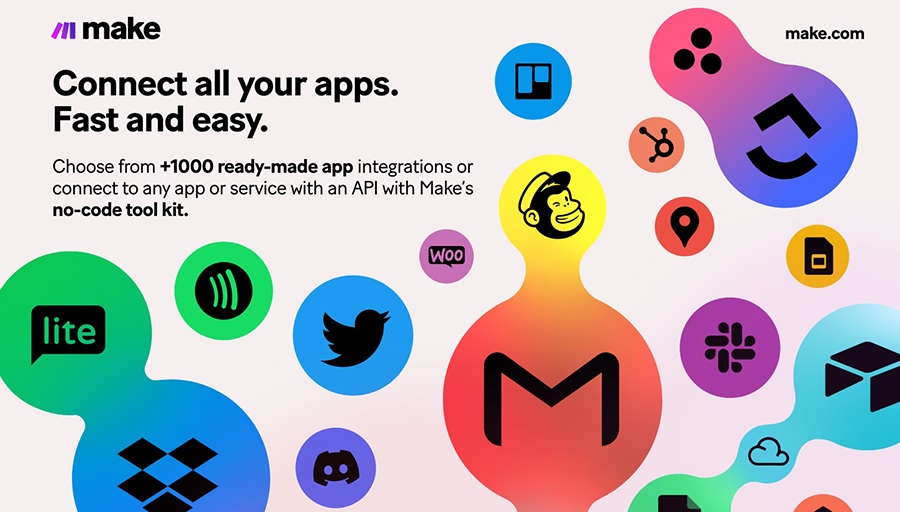
Chatbots have come a long way from their early days of scripted replies and frustrating dead-ends. Today, thanks to advances in AI and automation, chatbots are becoming intelligent digital assistants that can understand context, take action, and learn from every interaction. Behind the scenes, AI-powered workflows drive this transformation, turning simple conversation tools into powerful engines for customer engagement and operational efficiency.
Contents
The Evolution of Chatbots
First-generation chatbots followed rigid scripts. Ask a question outside of their programmed paths, and the conversation fell apart. Customers often felt more annoyed than helped. As natural language processing matured, chatbots gained the ability to understand a broader range of queries. Adding AI-powered workflows has been the breakthrough, enabling chatbots to go beyond answering questions to actually performing tasks and coordinating with systems.
What Makes a Chatbot “Smart”?
Understanding Intent
Smart chatbots use natural language understanding (NLU) to identify user intent, not just keywords. For example, whether a customer types “I want to change my order” or “Can I swap this item?” the chatbot knows both mean “order modification.”
Access to Context
AI workflows connect chatbots to customer data. This allows the bot to personalize responses, such as greeting a user by name, knowing their purchase history, or recognizing their membership status.
Ability to Act
A truly smart chatbot does not stop at providing information. Through AI workflows, it can process refunds, reschedule appointments, track shipments, or reset passwords – all without passing the customer to a human agent.
Learning Over Time
Chatbots improve with use. Feedback loops built into workflows help them learn from mistakes, expand their knowledge, and adapt to new customer needs.
AI-Powered Workflows Behind the Scenes
Integration with Business Systems
Workflows connect chatbots to CRMs, order management systems, HR platforms, and other business tools. This integration enables bots to pull accurate data and update records seamlessly.
Decision-Making Logic
AI-powered workflows give chatbots the ability to choose actions based on rules and predictions. For example, if a refund request falls under a certain dollar amount and passes fraud checks, the chatbot can approve it automatically.
Escalation Paths
Not every query can or should be handled by a bot. Smart workflows route complex or sensitive issues to human agents, while providing context so staff can respond quickly without starting from scratch.
Multi-Channel Consistency
AI workflows allow chatbots to operate consistently across channels – websites, mobile apps, messaging platforms, and even voice assistants. Customers get the same reliable service wherever they interact.
Use Cases for Smarter Chatbots
Customer Service
Chatbots answer FAQs, resolve account issues, and process returns instantly. They reduce wait times for customers and lower the workload for human support teams.
Sales Assistance
Smarter chatbots act as sales assistants, recommending products, answering questions about availability, and guiding users through checkout. Personalized upselling becomes scalable with AI workflows.
Human Resources
Within companies, chatbots handle employee requests like checking vacation balances, submitting expense reports, or finding company policies. This reduces the strain on HR staff and provides employees with immediate answers.
Healthcare Support
Chatbots in healthcare settings schedule appointments, answer questions about insurance coverage, and provide follow-up care instructions. They connect with electronic health records through secure workflows to deliver personalized service.
Benefits of AI-Powered Chatbots
- Availability: Chatbots work around the clock, delivering instant responses at any time of day.
- Consistency: Customers receive the same level of service without variation.
- Scalability: Bots handle thousands of conversations simultaneously, something human teams cannot match.
- Cost Savings: Automating routine conversations reduces support costs significantly.
- Customer Satisfaction: Faster resolution times improve the customer experience and build loyalty.
Challenges of Building Smarter Chatbots
Designing Natural Conversations
Even with advanced AI, conversations can feel robotic if not designed carefully. Investing in conversational design helps ensure interactions feel human and engaging.
Maintaining Data Security
Since chatbots often access sensitive customer data, robust security and compliance measures are critical. Encryption, access controls, and auditing must be built into workflows.
Handling Edge Cases
No chatbot can handle every possible query. Preparing for unusual or ambiguous questions ensures that the experience does not collapse when users ask something unexpected.
Balancing Automation and Human Touch
Customers appreciate efficiency but still want human empathy when issues are complex or emotional. Defining clear escalation points ensures that automation enhances rather than replaces human service.
The Future of Chatbots with AI Workflows
The future of chatbots lies in autonomy and proactivity. Instead of waiting for users to ask questions, chatbots will anticipate needs. For example, a travel chatbot might notify a customer about a delayed flight and automatically suggest alternative connections. AI workflows will also allow bots to coordinate across departments, becoming central hubs for business communication and action.
Eventually, chatbots may evolve into true digital colleagues, working alongside humans, assisting with both customer-facing and internal tasks, and taking initiative when patterns suggest action is needed.
Building smarter chatbots is not about replacing human service but enhancing it with speed, consistency, and scalability. AI-powered workflows make chatbots capable of more than just conversation – they can act, learn, and integrate with the systems that drive business operations. Organizations that embrace these intelligent assistants will not only improve efficiency but also deliver the kind of responsive, personalized service that modern customers expect.

